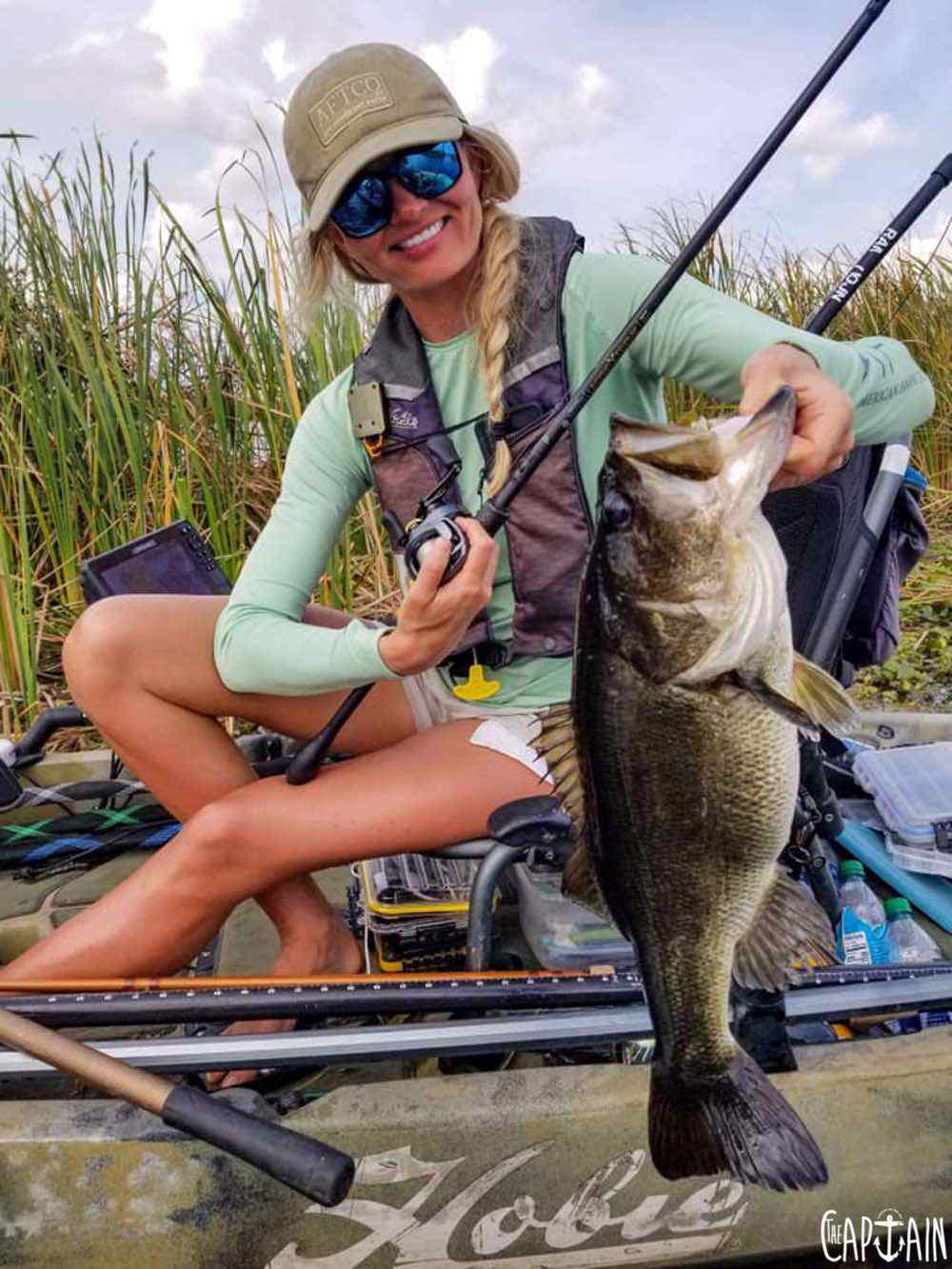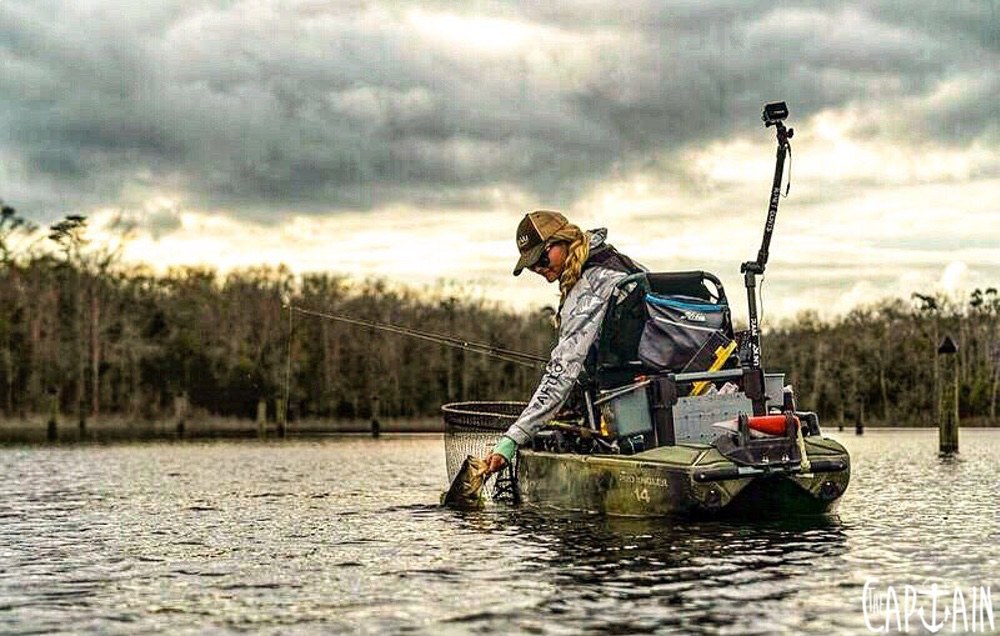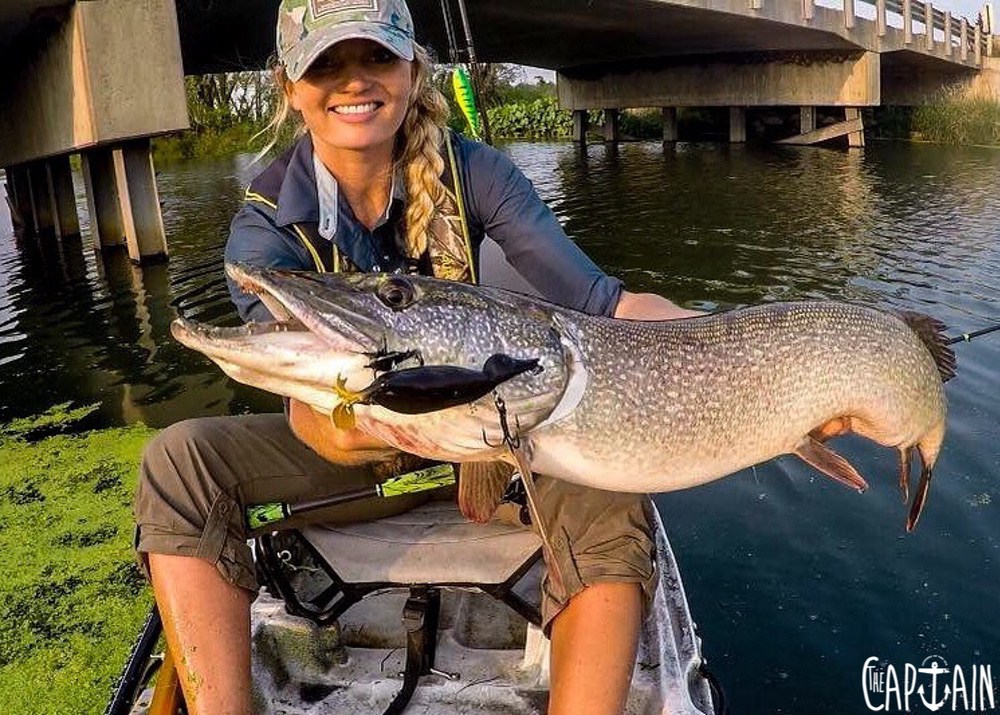Fishing has long been perceived as a male-dominated activity, with women often overlooked or marginalized in this traditionally male-centric field. However, there are several key strategies that can be employed to increase women’s participation in fishing, thereby promoting gender equality and empowering women in coastal communities worldwide.

Access to Resources and Training: One of the primary barriers to women’s participation in fishing is limited access to resources and training. Providing women with access to fishing gear, boats, and equipment can empower them to actively engage in fishing activities. Additionally, offering training programs on fishing techniques, safety measures, and sustainable practices can enhance women’s skills and confidence, enabling them to become more proficient fishers.

Creating Supportive Policies and Programs: Governments and organizations can play a crucial role in promoting women’s participation in fishing by implementing supportive policies and programs. This may include initiatives such as gender-sensitive fisheries management plans, quotas for female representation in fishing cooperatives, and financial incentives for women-owned fishing enterprises. By prioritizing gender equality and women’s empowerment in fisheries governance, decision-makers can create a more inclusive and equitable fishing industry.

Fostering Community Engagement and Networking: Building strong networks and fostering community engagement can help women overcome social barriers and gain recognition within the fishing community. Establishing women’s fishing groups, cooperatives, and associations can provide a platform for women to share knowledge, experiences, and resources. Additionally, organizing networking events, workshops, and forums can facilitate peer support and mentorship opportunities, enabling women to connect with other fishers and industry stakeholders.
Promoting Economic Opportunities: Empowering women in fishing goes beyond increasing their participation; it also involves promoting economic opportunities and financial independence. Providing women with access to credit, microfinance schemes, and business development support can enable them to start their own fishing enterprises or expand existing ones. Moreover, promoting value-added activities such as fish processing, marketing, and sales can create new avenues for women to generate income and contribute to the economic growth of coastal communities.

Raising Awareness and Changing Attitudes: Addressing gender stereotypes and challenging traditional gender roles are essential steps in promoting women’s participation in fishing. Raising awareness about the importance of gender equality and women’s rights in fisheries can help shift societal attitudes and perceptions. This can be achieved through targeted educational campaigns, medaoutreach, and community-based advocacy efforts, emphasizing the valuable contributions that women make to the fishing industry and the broader coastal economy.
In conclusion, increasing women’s participation in fishing requires a multifaceted approach that addresses both structural barriers and cultural norms. By promoting access to resources, creating supportive policies, fostering community engagement, promoting economic opportunities, and raising awareness, we can empower women to become active participants in the fishing sector and champions of sustainable fisheries management. Through concerted efforts and collective action, we can create a more inclusive and equitable fishing industry that benefits everyone.



